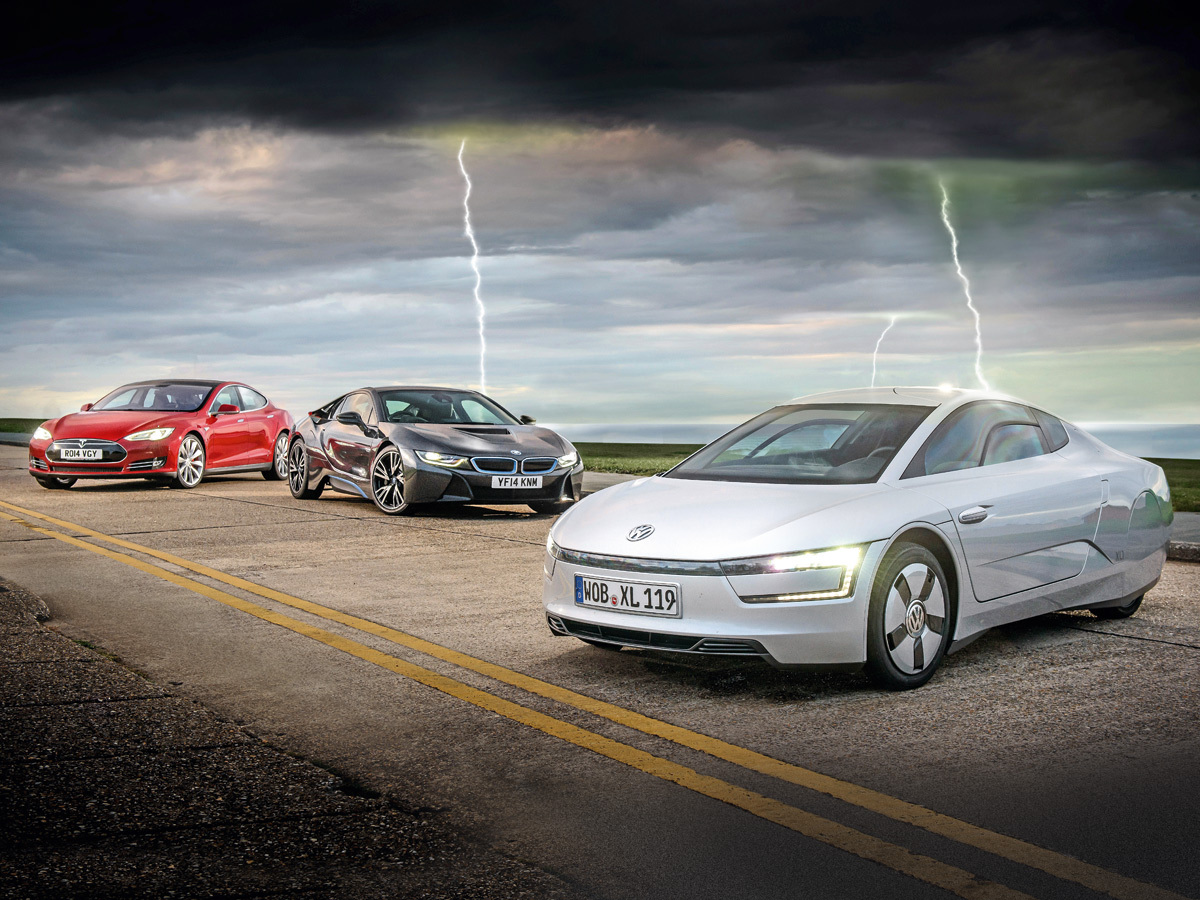And the company that could double your phone’s battery life is…. Dyson
A US$15 million investment could spell the end for charging anxiety

Smartphone technology has expanded faster than our stomachs on Christmas day. More megapixels, 2K screens, powerful 64-bit processors, fingerprint sensors and even lasers grace modern spec sheets. But batteries? Well, they still suck.
A lot of those advancements tend to guzzle more power, and with manufactures focused on making thinner, more beautiful devices, there’s less room to cram in extra power.
It’s a lose-lose combination when it comes to stamina. Most smartphones will be desperately thirsty come bed time, if they’ve managed to make it that far without a top up in between.
Thankfully there are lots of very clever forces out there who are working to rectify this power problem. A company called Sakti3 is one of them, and Dyson just joined the likes of General Motors and others by investing US$15 million dollars in it.
Stop: It’s chemistry time
Current lithium ion battery tech hasn’t changed much since Sony first introduced it to the world back in 1991. Sure, charging time, longevity and capacity have all improved, but we’ve reached a point in which the batteries themselves can’t keep up with the demand.
Li-ion batteries are comprised of three main things – a positive electrode, a negative electrode, and a chemical called an electrolyte that rests in between them. Electricity is stored in the negative terminal when charging, thanks to the transfer of ions which are pushed over from the positive terminal, via the electrolyte solution. Electrons are also pushed over into the negative terminal, around an outer circuit.
Once the battery is unplugged (i.e. it’s discharging), the ions flow back across the electrolyte into the positive terminal, and the electrons follow suite around the outer circuit. Once they’re all back, then the battery is dead, and it needs charging up again.
Here’s why you should be excited

Sakti3’s solid-state battery tech is different, and its name holds the key. It uses solid lithium ion electrodes instead of a liquid chemical solution, which means that more energy can be crammed into the same amount of space. Nearly double, in fact.
Not only that, but they’re cheaper to produce, better for the environment, and last longer. And they’re less likely to ruin your jeans by spontaneously exploding .
Dyson plans to initially use the fancy new batteries in its range of cordless vacuum cleaners, but the technology can be used for more than just hoovering up your cat’s hairballs. Smartphones will benefit greatly for the extra power on offer, and so too, will electric cars. Tesla has, for example, already committed to reduce range anxiety as much as it can
Dyson has, along with Sakti3’s other investors, helped battery tech move in the right direction, and we’re optimistic that future superphones will have the longevity of an old Nokia.
Praise science.
Read more › All the hottest stuff, on one scorching page



